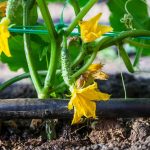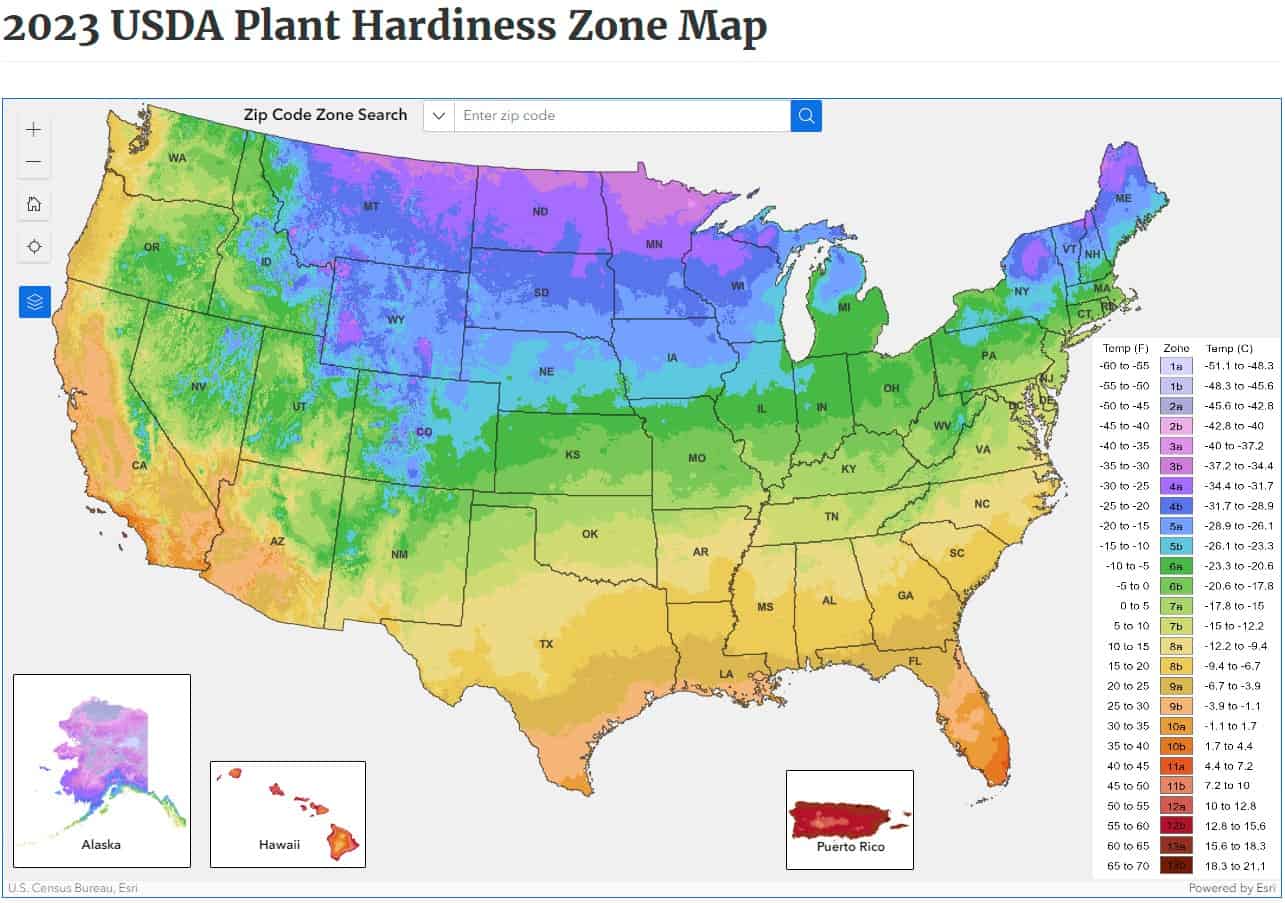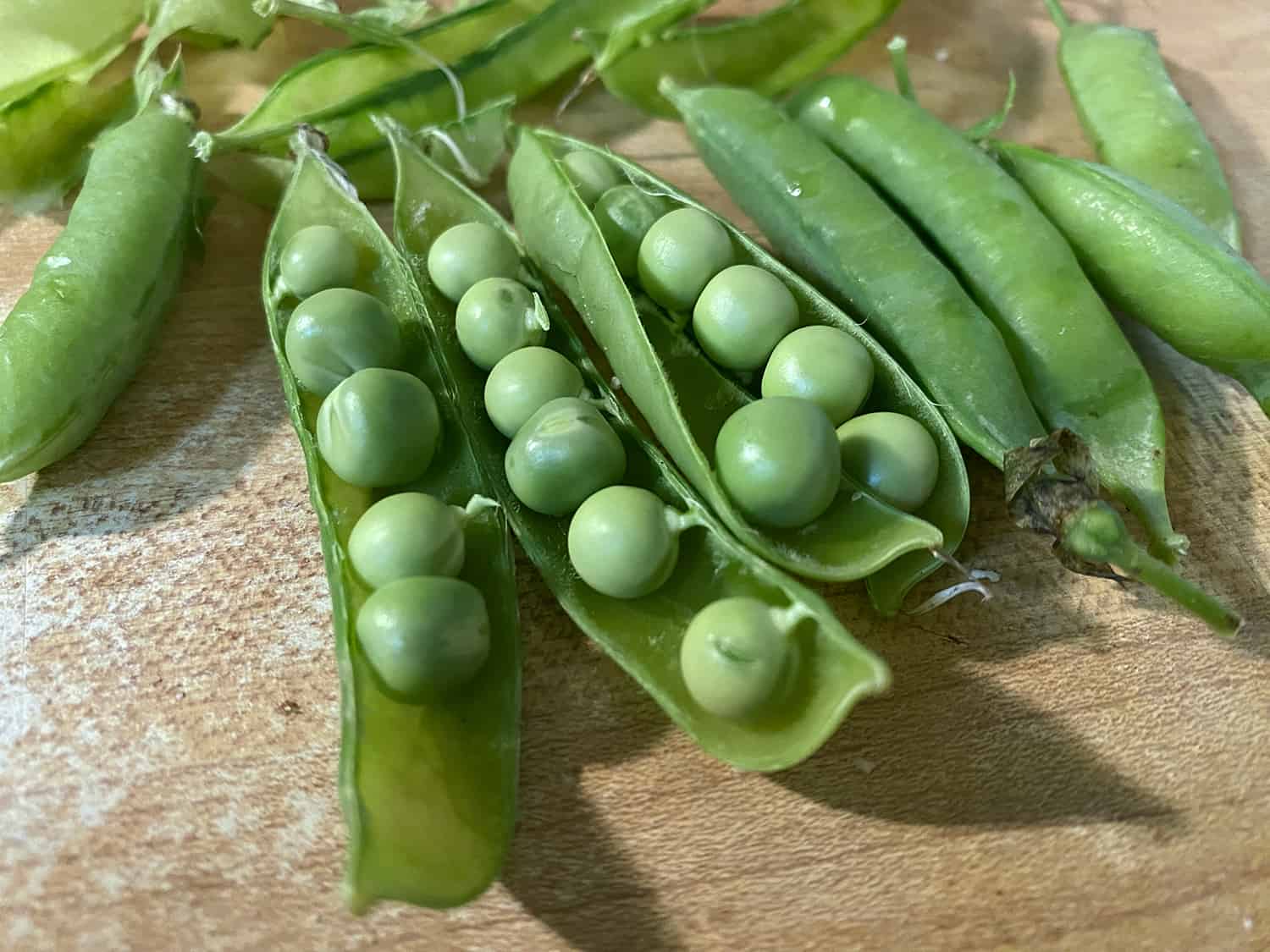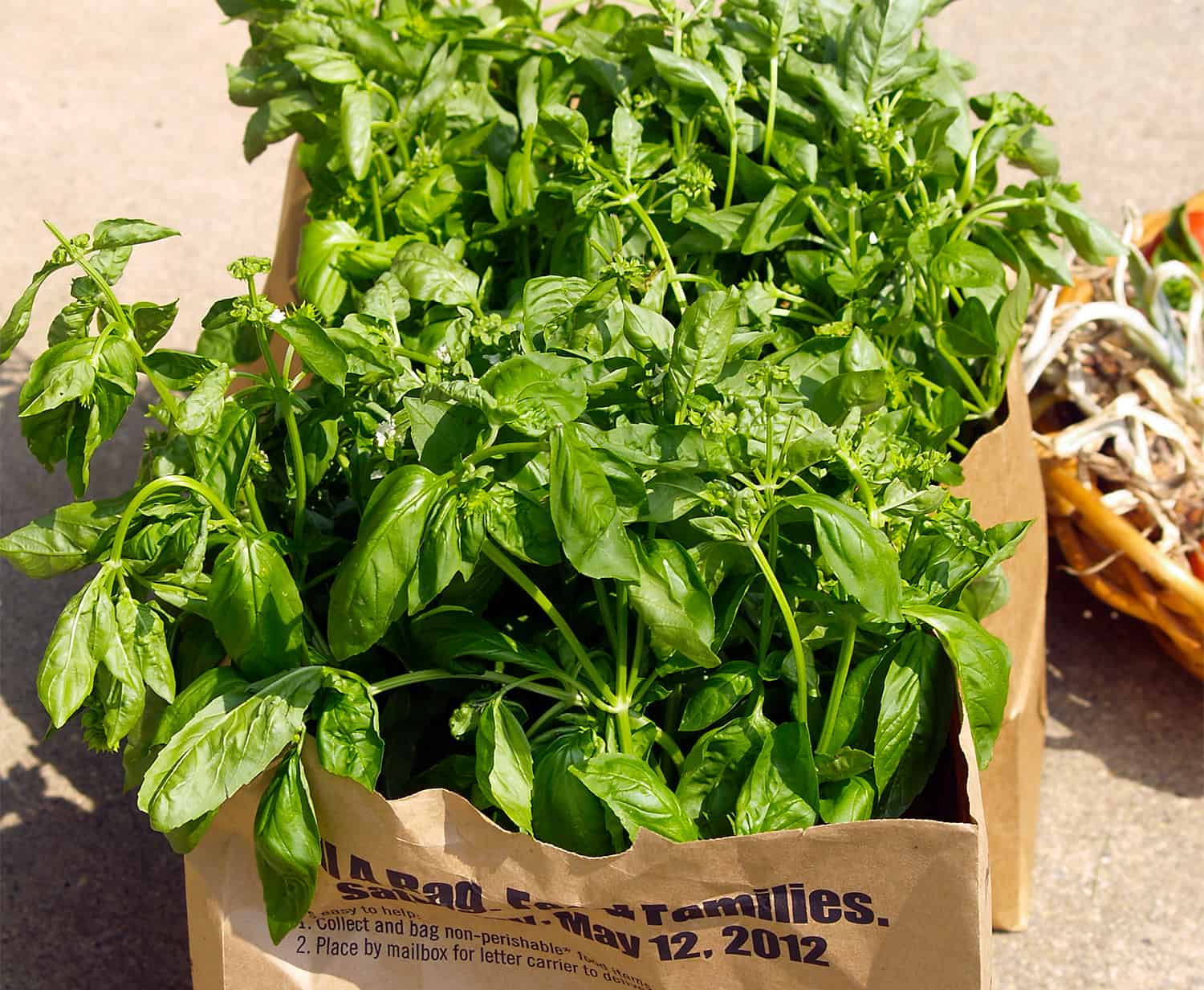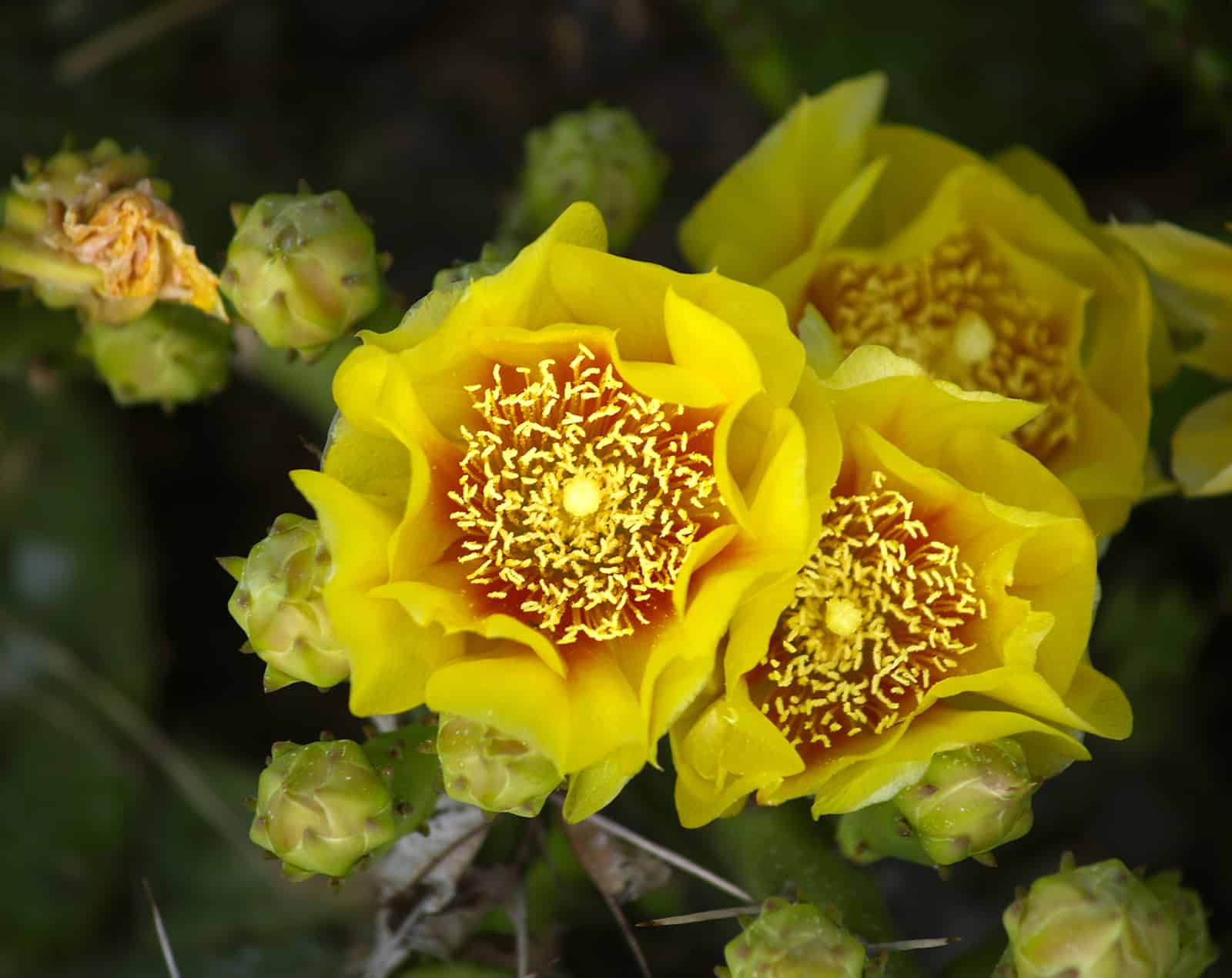[ad_1]
Examine the up to date 2023 Hardiness Zone Map to be taught which crops will thrive in your space and which won’t.
Each ten years or so, the USDA updates its Hardiness Zone Map. The map is the usual by which gardeners can decide which perennials and annuals will thrive of their location – and, importantly, these that won’t. In line with the USDA, “The brand new map—collectively developed by USDA’s Agricultural Analysis Service (ARS) and Oregon State College’s (OSU) PRISM Local weather Group—is extra correct and incorporates better element than prior variations.”
The 2023 Hardiness Zone Map’s interactivity is much better than earlier maps. As seen under, you’ll be able to kind in your zip code, discover your hardiness zone, and see the way it has modified because the final map was issued in 2012. Alarmingly, my space in Pennsylvania has once more modified and reveals a mean warming of three levels Fahrenheit. Earlier than 2012, my space was Zone 6 – in 2012, we graduated to Zone 6b and at the moment are Zone 7a. That will clarify why some seeds and bulbs rated for hotter climates now incessantly survive winter.
Hardiness Zones Defined
USDA Plant Hardiness Zones symbolize the typical annual excessive minimal temperature at a given location through the previous 30 years. The designations don’t mirror the coldest it has ever been or will likely be in a particular zone however merely the typical lowest winter temperature for the realm for the measured interval. Low temperature through the winter is a crucial metric, because it determines whether or not a plant can survive the coldest climate in a specific location.
Did Hardiness Zones get hotter since 2012?
Virtually half of the nation is now in a barely hotter zone. As with the earlier map in 2012, the 2023 model has 13 zones throughout the USA and its territories. Every zone is cut up in two, designated as “A” and “B” (6a, 6b, 7a, 7b, and many others). In comparison with the 2012 map, the 2023 hardiness zone map reveals that about half of the nation shifted to the following hotter half zone and warmed (on common) between 0-5 levels Fahrenheit. However not each zone that warmed essentially modified.
Temperature updates to plant hardiness zones will not be essentially reflective of worldwide local weather change due to the extremely variable nature of the acute minimal temperature of the 12 months, in addition to the usage of more and more subtle mapping strategies and the inclusion of knowledge from extra climate stations. Consequently, map builders concerned within the undertaking cautioned in opposition to attributing temperature updates made to some zones as dependable and correct indicators of worldwide local weather change (which is normally primarily based on tendencies in general common temperatures recorded over lengthy[er] time intervals).
So seek the advice of the revised hardiness zone map earlier than selecting crops this 12 months, and learn the plant tag, catalog description, or seed packet to ensure your plant will survive winter in your hardiness zone!
Be a part of our electronic mail listing and by no means miss a brand new put up on gardening!
[ad_2]



